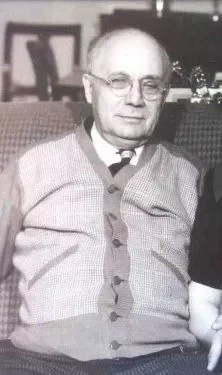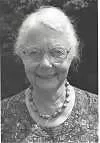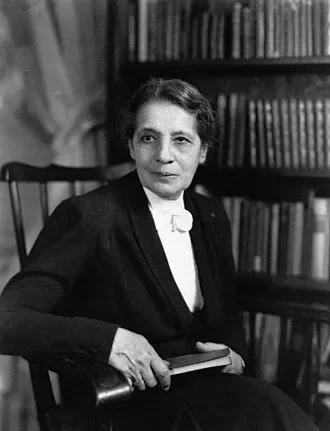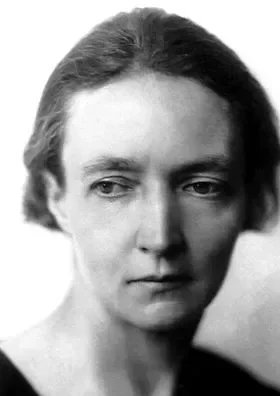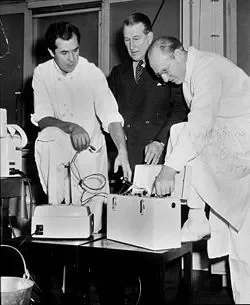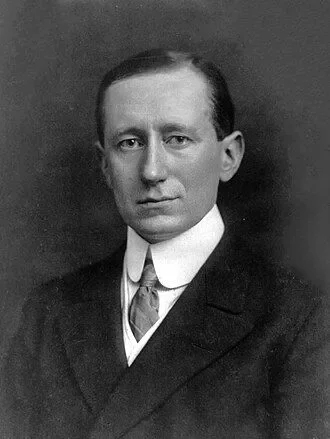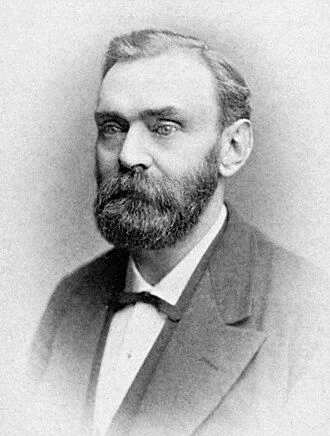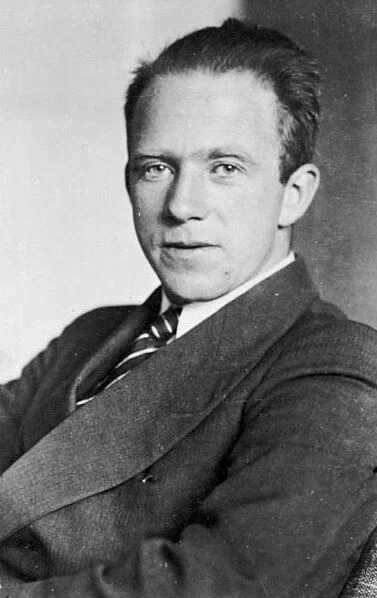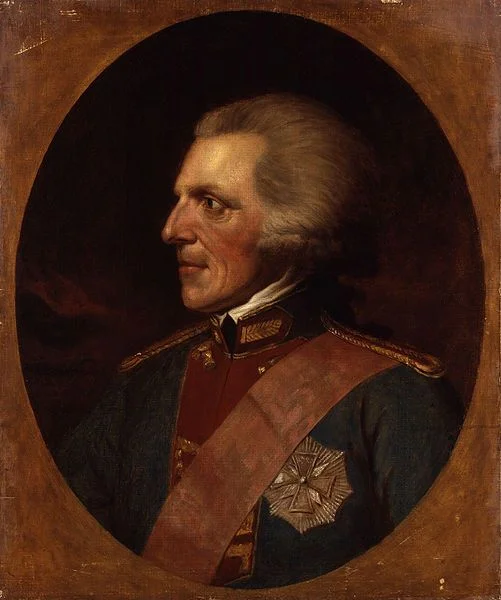Real Celebrities Never Die!
OR
Search For Past Celebrities Whose Birthday You Share
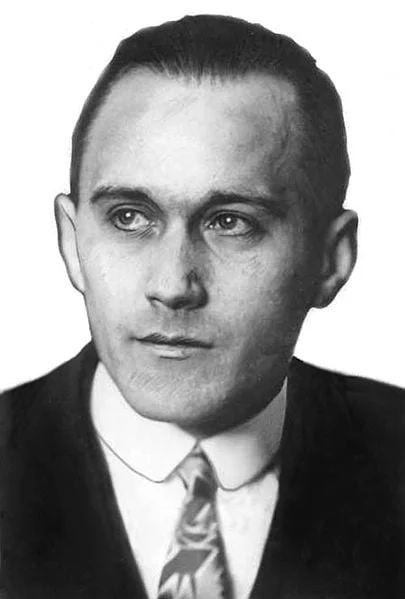
source:wikipedia.org
Koloman Tihanyi
Birthday:
28 Apr, 1897
Date of Death:
26 Feb, 1947
Cause of death:
heart attack
Nationality:
Hungarian
Famous As:
Physicist
Age at the time of death:
49
Early Life and Education
Kálmán Tihanyi (often referred to as Koloman or Coloman Tihanyi in English literature) was a Hungarian physicist, electrical engineer, and inventor whose innovative genius laid the groundwork for modern television and revolutionized several other fields. Born on April 28, 1897, in Székesfehérvár, Hungary, Tihanyi’s life was a testament to the power of curiosity, perseverance, and the ability to see beyond the limits of his time. His early life was marked by a keen interest in science and technology. He excelled in his studies, graduating with honors from the Budapest University of Technology in 1920. His fascination with electronics blossomed during his university years, leading him to conduct pioneering research on cathode ray tubes (CRTs). These early explorations would later prove pivotal in his path-breaking inventions.
Breakthrough Innovations
After graduating, Tihanyi secured a research position at the Hungarian Telephone Factory, where he delved deeper into the world of CRTs. In 1926, he made a critical breakthrough by inventing the “ion trap,” a device that significantly improved the focus and brightness of CRT images. This innovation paved the way for clearer and more practical television systems. Tihanyi’s vision extended beyond mere CRT improvements. In 1928, he filed a patent for the “distortion less transmission of signals over a band-limited channel,” essentially laying the theoretical foundation for electronic television. This patent, often hailed as the “Tihanyi Patent,” described a method for transmitting high-fidelity images using a bandwidth-efficient technique. While his invention predated many other pioneering television systems, it was tragically undervalued, and the recognition he deserved went largely unclaimed.
Diverse Contributions
Tihanyi’s brilliance wasn’t confined solely to television. He made significant contributions to various fields, including radar technology, remote control systems, and infrared imaging. In 1929, he invented the world’s first infrared-sensitive (night vision) electronic television camera, a groundbreaking accomplishment that laid the groundwork for military night vision technology. He also patented numerous improvements for aircraft radio and control systems, showcasing his versatility and ingenuity.
Challenges and Recognition
Despite his groundbreaking inventions, Kálmán Tihanyi faced many struggles. The economic depression and political turmoil of the time hampered his work, and his revolutionary ideas were often overlooked or even appropriated by others. He spent much of his career fighting for recognition and fair compensation for his inventions, often without success. Unfortunately, these challenges took a toll on his health, leading to a decline in his well-being.
Kálmán Tihanyi's Quote's
Legacy and Impact
Kálmán Tihanyi passed away on February 26, 1947, in Budapest, Hungary, at the age of 49. Although his life was tragically cut short, his impact on television technology and electronic imaging has endured, shaping the course of visual communication for generations to come. Tihanyi’s life story is a bittersweet testament to the power of human ingenuity and the tragic irony of unfulfilled potential. He was a true visionary, whose inventions laid the groundwork for technologies that have transformed our world.
While his contributions often went unrecognized, his legacy lives on in every flickering television screen and every infrared image that illuminates the darkness. Though he may not have received the recognition he deserved during his lifetime, Kálmán Tihanyi’s impact on the world of technology is undeniable. His pioneering work on CRTs, television transmission, and other fields continues to inspire new generations of inventors and scientists. He left behind a legacy of innovation and a reminder that even the most unrecognized geniuses can leave an indelible mark on the world.
Name:
Kálmán Tihanyi
Popular Name:
Koloman Tihanyi
Gender:
Male
Cause of Death:
heart attack
Spouse:
Place of Birth:
Üzbég, Kingdom of Hungary
Place of Death:
Budapest, Hungary
Occupation / Profession:
Personality Type
Logician: Innovative inventors with an unquenchable thirst for knowledge. He was very innovative and thought ahead of his time.
Despite his struggles for recognition, his inventions continue to inspire and influence modern technology, making him a true unsung hero of scientific advancement.
He designed and built the first fully electronic television in Hungary in 1931, but it never received the recognition it deserved.
Tihanyi's groundbreaking "Tihanyi Patent" was later acquired by RCA, forming the basis for their television broadcasting system.
Tihanyi was also a gifted artist and sculptor, further demonstrating his multifaceted talents.
In 1926, Tihanyi conducted one of the first successful demonstrations of electronic television. His work was instrumental in proving the feasibility of transmitting images through the airwaves.
In 1936, Tihanyi patented a color television system. His advancements in color television laid the groundwork for the eventual widespread adoption of color broadcasting.
Tihanyi’s most significant contribution to television technology was the invention of the iconoscope, an early television camera tube.
